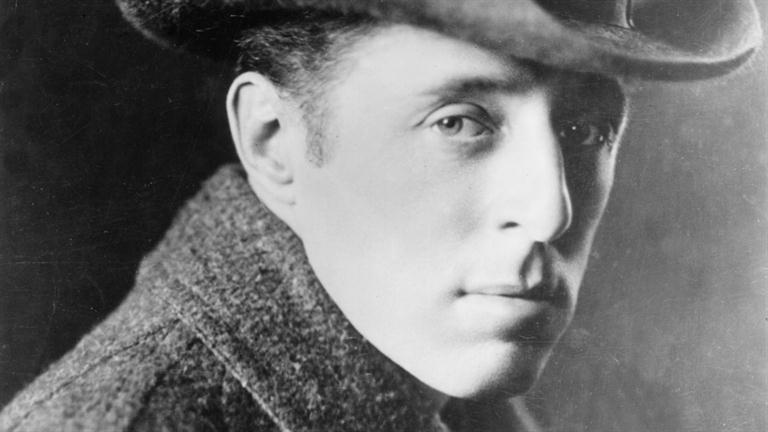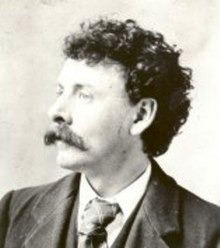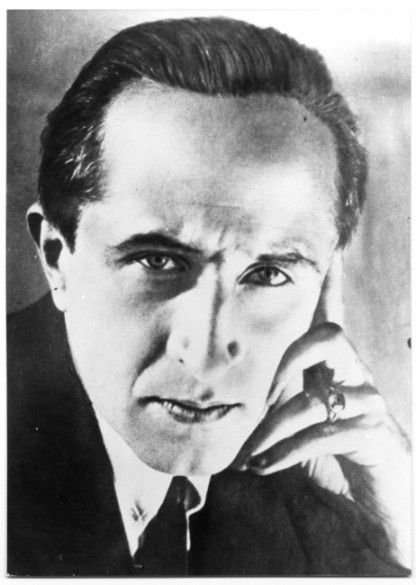Throughout time editing has been shaped and improved thanks to the great minds that made the future of editing. I am going to discuss the people that started the editing industry. I am starting with a man called Thomas Edison, Thomas Edison was born in 1847 in Milan, Ohio. In 1887, Edison had built a new, larger laboratory in West Orange, New Jersey. It is there, were Edison invented Kinetographic Camera and the Kinetoscope. The Kinetographic camera and Kinetoscope an early motion picture, which the tools that started the film industry are. By 1892 William Dickson which is (Thomas Edison helper/BFF) and Thomas Edison created the 35mm film strip that came to be the industry standard. Also he created a film projector that could enlarge the films that he played in the cinema. Because of Edison invention people in the word could enjoy old memorise they had etc.
The Lumiere Brothers
The Lumiere Brothers were the first people that ever created a film in history. Auguste (born in 19th October 1862) and Louis (born on 5th October 1864) also known as Lumiere brothers. The Bothers named the film Sortie de l’usine Lumiere de Lyon, which was short in 1894. The brothers worked with Edison to create the short film which stared the film industry and changed/inspired people to believe or make they own movies. What intrigued the audience about the movie was the motion in shot, they have never seen anything like it, so they would be intrigued a lot.
This is the movie that the Lumiere brothers made.
G.A Smith or (George Albert Smith) was born on April 4, 1870 in Salt Lake City, Utah Territory. In 1898 G.A created a short movie called “The Miller and The Sweep” It’s a comedy movie about a sweep cleaner that fights with a miller. Like The Lumiere Brothers, G.A did not make a story and they were no editing. Each film ran as long as there was film in the camera, so the film was only seconds. By 1899 G.A made a new movie called “The Kiss in the Tunnel”, which is about people kissing in the tunnel. What made the movie so shocking to the audience is, that it involved kissing, which was a big deal back then because it was inappropriate to people. Also in the movie it shows that it has a narrative editing, which is creating a story. G.A Said “Felt that some extra spice was called for”. What G.A did, was he took advantage of the brief onset of the darkness as they went into the tunnel to splice which is an editing method (cut and then stick two pieces of film together) in the shot of the couple that were making out.
George Melies
George Melies was born in 8th December 1861 in Pairs, France. George Melies was a French magician and filmmaker famous for leading technical and narrative developments in the earliest days of cinema. Melies saw at once the possibilities of a novelty more than just motion its self. By 1896 Melies made a movie called Vanishing Lady, he used a technique known as in-camera editing. Also he discovered the art of shop motion purely by accident when a camera of his broke down for a brief second. But the industry forced him out of business, it never occurred to him to move the camera for close-ups or long shots so his work was overlook. By the 1913 he died in poverty.

Edwin S Porter
Edwin was born on April 21 1870, in Connellsville, Pennsylvania. Edwin was an American early film pioneer, most famous as a director with Thomas Edison’s company. He worked as electrician before joining the film laboratory of Thomas Edison in the late 1890s. He and Edison worked together to make longer more interesting films. Over 250 films created by Porter, the most important films include “Life of ab American Fireman” (1903) and “The Great Train Robbery” (1903). Life of an American Fireman made a breakthrough thanks to Porter in 1903. This was one of the first that had a plot, action, and even a close up of a hand pulling a fire alarm. Also they project an image of what the man is thing off, by using another projector while filing the guy in the station. After the movie Porter discovered important aspects of motion picture language: That the screen image does not need to show a complete person. Edwin used the splicing techniques to splice together two shots creates in the viewer’s mind a continual relationship. These were the keys discoveries that made all narrative motion pictures and television possible. The Great Train Robbery was a ten minutes long film, it is considered a milestone in film making, expanding on Porter’s previous work Life of an American Fireman. The film used a number of innovative techniques including composite editing, camera movement and on location shooting. The film is one of the earliest to use the technique of cross cutting, in which two scenes appear to occur simultaneously but in different locations. Also some prints were hand coloured in certain scenes. Porter’s film is a great example of how early films began to resemble the types of films we see today.
Charles Pathe was born on 26 December 1863 in Chevry-Cossigny, France. Pathe did something that other film makes didn’t do, he introduces a new example of a technique known as parallel editing, which is cutting between two shorelines. He did that form his film called The Hours that Bolted, which is a movie about an hours’ that dose funny things. What he does is, he goes to one person then back to the hours to show what he is doing while the man is inside the building.
D. W. Griffith
The
last significant director in the early ages of cinematic editing that I am
going to talk about is D. W. Griffith. D. W. Griffith was born in La Grange,
Kentucky, United Sates on January 22nd 1875 – 1948. D. W. Griffith
was one of the early supports of the power of editing. He made use of crosscutting
to show parallel in different locations. Griffith was the first of the early directors
to uses editing techniques in the production of “feature” lengths. He was most
controversial film and the one his best remembered for was “The Birth of A
Nation”, which was in 1915. “The Birth of A Nation” had a big affect in the
early ages of moviemaking; it gave the audience and others directors a different
view in making movies and editing.












